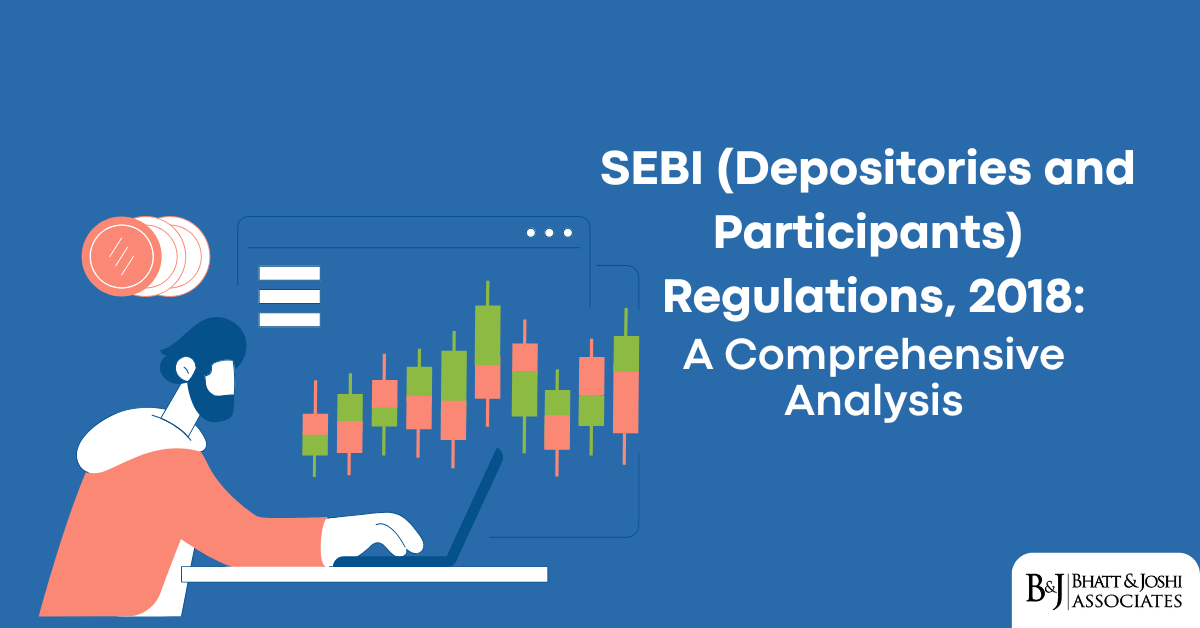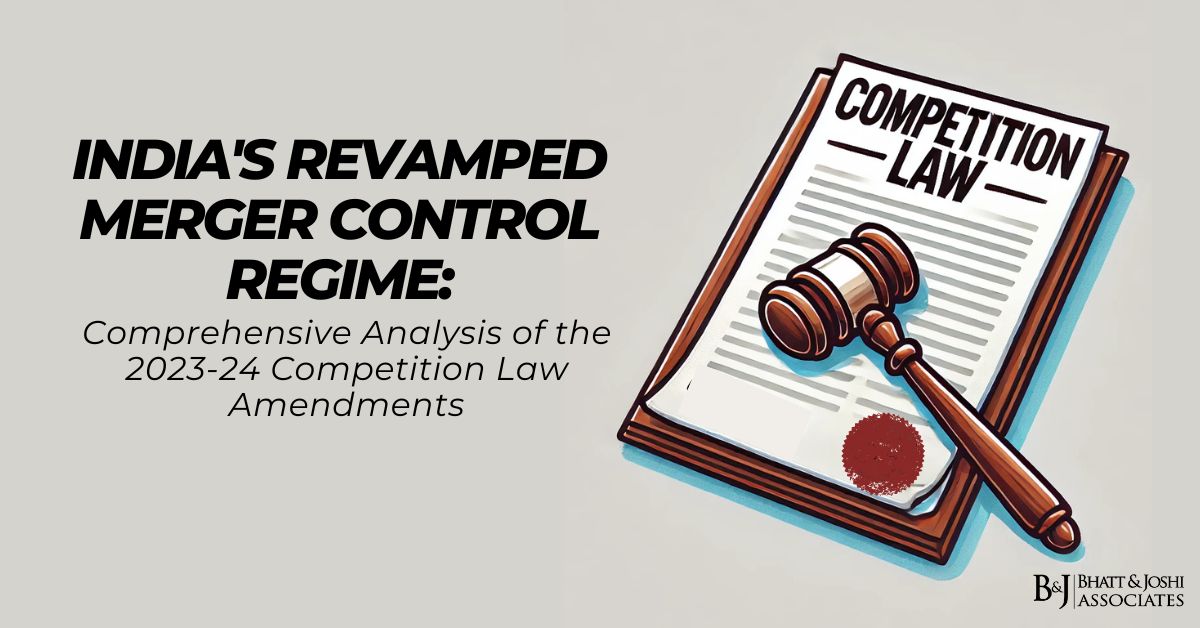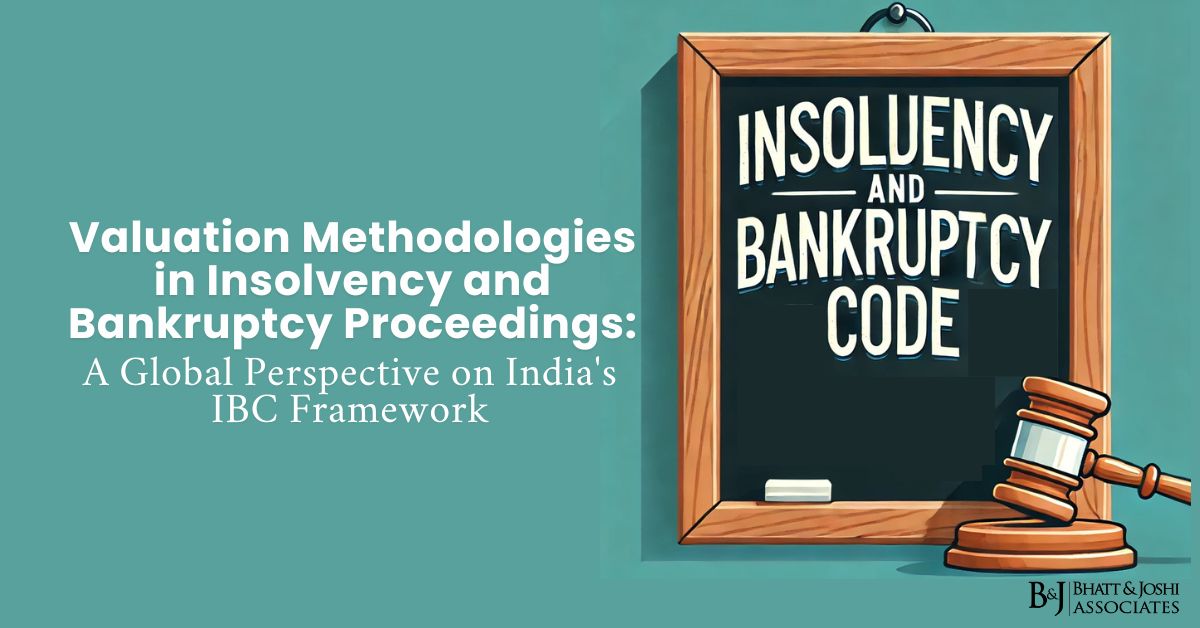Introduction
The Securities and Exchange Board of India (SEBI) introduced the Depositories and Participants Regulations, 2018 as a significant overhaul of the regulatory framework governing securities depositories in India. These regulations, which replaced the 1996 framework, represent a crucial evolution in India’s securities market infrastructure regulation, reflecting over two decades of experience with dematerialized securities and the changing technological landscape. The SEBI (Depositories and Participants) regulations 2018 aim to strengthen governance standards, enhance investor protection, and ensure that India’s depository system remains robust, efficient, and aligned with global best practices.
The evolution of these regulations mirrors India’s journey from paper-based securities ownership to a fully electronic system, a transformation that has fundamentally altered the securities market landscape. By establishing comprehensive requirements for depositories and their participants, the regulations create a structured framework that balances operational efficiency with investor protection and market integrity.
Historical Evolution: From Paper to Electronic Securities
India’s transition from physical securities to dematerialized holdings represents one of the most significant transformations in its financial markets. Prior to the establishment of depositories, securities were held in physical form, creating numerous operational challenges including settlement delays, risks of forgery, theft, and mutilation of certificates, and cumbersome transfer procedures.
The Depositories Act of 1996 created the legal foundation for dematerialized securities, with SEBI issuing the original Depositories and Participants Regulations that same year. These initial regulations established the framework for the creation of India’s two depositories: National Securities Depository Limited (NSDL) in 1996 and Central Depository Services Limited (CDSL) in 1999.
Over the subsequent two decades, India achieved a near-complete transition to dematerialized holdings for publicly traded securities. SEBI Chairman Ajay Tyagi noted this transformation when introducing the 2018 regulations, stating: “The journey from paper-based certificates to electronic holdings represents one of the most successful market infrastructure transformations globally. The SEBI (Depositories and Participants) regulations 2018 build upon this foundation, addressing emerging challenges while reinforcing the fundamental principles that have made India’s depository system a model for emerging markets.”
The SEBI (Depositories and Participants) Regulations 2018 emerged from a comprehensive review process that recognized both the successes of the existing framework and the need for modernization to address technological advancements, changing market dynamics, and elevated investor expectations regarding service quality and protection.
Registration Requirements for Depositories and Participants Under Chapter II
Chapter II of the regulations establishes comprehensive registration requirements for depositories and participants, creating a robust gateway to ensure that only qualified entities can perform these critical market infrastructure functions.
For depositories, Regulation 3(1) explicitly states: “No person shall act as a depository unless he has obtained a certificate of registration from the Board in accordance with these regulations.” The application process, detailed in Regulation 4, requires submission of extensive information about the applicant’s financial resources, technological infrastructure, governance structure, and risk management systems.
SEBI evaluates applications based on criteria specified in Regulation 7, including whether the applicant “has the necessary infrastructure, including adequate office space, equipment, and manpower” and “has employed persons with adequate professional and other relevant experience.” This focus on infrastructure and expertise reflects the critical role depositories play in market infrastructure.
For depository participants, Regulation 11 establishes a similar registration framework, requiring entities seeking to act as participants to obtain certification from both SEBI and the relevant depository. The eligibility criteria in Regulation 12 specify that only certain categories of financial institutions, including banks, financial institutions, clearing corporations, and registered market intermediaries, may apply for participant registration.
A noteworthy provision is Regulation 14(g), which requires participants to maintain “adequate insurance coverage for the depository operations, commensurate with the values of securities held by it.” This insurance requirement provides an additional layer of protection for investors against operational failures or malfeasance.
The registration framework under Chapter II serves a crucial gatekeeping function, ensuring that depositories and participants possess the financial resources, technological capabilities, and professional expertise necessary to safeguard investors’ securities and maintain market integrity.
Rights and Obligations of Depositories and Participants
Chapter III establishes comprehensive rights and obligations for depositories and participants, creating a clear framework of responsibilities toward investors and the broader market. Regulation 16 addresses confidentiality obligations, mandating that “a depository shall maintain confidentiality of information about its clients” except where disclosure is required by law or authorized by the client.
The regulations establish detailed requirements for service standards, with Regulation 19 stipulating that depositories shall “provide services without any discrimination to its participants, issuers, and beneficial owners.” This non-discrimination requirement ensures fair access to depository services for all market participants.
For depository participants, Regulation 22 establishes comprehensive obligations, including requirements to:
- “provide statements of accounts to the beneficial owner in such form and manner as specified by the bye-laws of the depository”
- “reconcile records with the depository on a daily basis”
- “maintain minimum net worth requirements as specified by the Board from time to time”
A particularly important provision is Regulation 25, which addresses the separation of client assets. It mandates that participants “shall maintain separate accounts for the securities owned by it and the securities held by it on behalf of each of its clients.” This segregation requirement is crucial for investor protection, ensuring that client securities are not commingled with the participant’s proprietary holdings.
The regulations also address technological standards, with Regulation 26 requiring depositories and participants to “have adequate systems and procedures for risk management, business continuity plan, including a disaster recovery site, and documentation of all activities.” This emphasis on technological resilience recognizes the critical importance of operational continuity in an increasingly digital securities ecosystem.
Internal Control and Governance Requirements Under Chapter IV of SEBI DP Regulations
Chapter IV establishes robust internal control requirements for depositories and participants, creating a framework for governance, risk management, and compliance oversight. Regulation 28 addresses the governance structure of depositories, mandating that “every depository shall have adequate internal controls and risk management systems.”
The regulations require depositories to establish an audit committee with specific oversight responsibilities. Regulation 30(2) states that the audit committee “shall review compliance with these regulations, the Depositories Act, and other applicable laws.” This governance requirement ensures ongoing monitoring of regulatory compliance.
For both depositories and participants, Regulation 31 mandates regular internal audits, requiring that they “shall cause an internal audit in respect of its operations to be conducted at intervals of not more than six months by a Chartered Accountant or a Company Secretary or a Cost and Management Accountant.” This regular audit cycle ensures continuous evaluation of compliance and control effectiveness.
A noteworthy provision is Regulation 32, which requires depositories to “establish and maintain a risk assessment and management committee, which shall be composed of such number of members from amongst the directors, executive management, and members of the shareholders committee.” This dedicated focus on risk management reflects the systemic importance of depositories to market stability.
The internal control framework established in Chapter IV creates a structured approach to governance and risk management, recognizing that robust internal processes are essential for the reliable operation of depositories and protection of investor assets.
Investor Protection Fund Under Regulation 35
Regulation 35 establishes a crucial investor protection mechanism through the Investor Protection Fund (IPF). It mandates that “every depository shall establish and maintain an Investor Protection Fund for the protection of interest of beneficial owners.” This fund serves as a financial safety net for investors in cases of participant default or malfeasance.
The regulation specifies funding sources for the IPF, including “contributions from the depository to the tune of at least 1% of the annual fees collected from the issuers and participants” and “any penalties paid to the depository by participants.” By linking IPF funding to operational metrics, the regulation ensures that the fund grows in proportion to market activity.
Regulation 35(3) establishes governance requirements for the IPF, mandating that it “shall be administered by a committee, which shall be nominated by the depository and shall consist of three individuals, with one representative each from the depository, participants, and beneficial owners.” This multi-stakeholder governance structure ensures balanced representation in IPF administration.
The IPF represents a crucial last-resort protection mechanism for investors, providing compensation in cases where normal recourse mechanisms are insufficient. This enhances investor confidence in the depository system and contributes to broader market stability.
Inspection and Disciplinary Proceedings Under Chapter V
Chapter V establishes a comprehensive framework for regulatory oversight and enforcement. Regulation 37 empowers SEBI to conduct inspections of depositories and participants, stating that “the Board may appoint one or more persons as inspecting authority to undertake inspection of the books of accounts, records, documents and infrastructure, systems and procedures.”
The scope of these inspections is broad, covering all aspects of depository and participant operations. Regulation 37(3) specifies that inspections may examine “whether adequate internal control systems, procedures and safeguards have been established and are being followed” and “whether the provisions of the Depositories Act, the bye-laws, agreements and these regulations are being complied with.”
The regulations establish a structured process for addressing violations, with Regulation 42 empowering SEBI to take actions including “suspending or cancelling the registration” of depositories or participants found to be in breach of regulatory requirements. This enforcement mechanism ensures that regulatory standards are maintained through credible deterrence.
A key aspect of the disciplinary framework is the opportunity for representation. Regulation 43 specifies that before taking any action, SEBI shall “issue a notice to the depository or the participant requiring it to show cause as to why the action specified in the notice should not be taken.” This due process requirement ensures procedural fairness in enforcement proceedings.
The inspection and disciplinary framework established in Chapter V creates a robust oversight mechanism, enabling SEBI to monitor compliance, identify emerging risks, and address violations, thereby maintaining the integrity of the depository system.
Landmark Legal Cases Influencing Depository and Participant Regulations
CDSL v. SEBI (2019)
This landmark case addressed the scope of depository responsibilities under the 2018 regulations. Central Depository Services Limited (CDSL) challenged a SEBI directive regarding its obligations to monitor participant compliance with certain KYC requirements.
The Securities Appellate Tribunal (SAT) ruling clarified the supervisory responsibilities of depositories, stating: “While depositories are not expected to perform direct verification of every transaction or account, they must establish robust systems to monitor participant compliance with regulatory requirements that are fundamental to market integrity and investor protection. The monitoring obligation is supervisory rather than operational, focusing on systemic oversight rather than transaction-level verification.”
This judgment established important parameters for depository supervision of participants, clarifying that depositories have meaningful oversight responsibilities while recognizing practical limitations on direct intervention in participant operations.
NSDL v. SEBI (2014) SAT Appeal No. 147/2013
This influential case, though preceding the 2018 regulations, established principles regarding regulatory oversight of depositories that informed the new framework. The National Securities Depository Limited (NSDL) challenged SEBI’s authority to issue certain directives regarding its operations.
The SAT ruling emphasized the unique position of depositories in the market infrastructure, stating: “Depositories occupy a position of special trust in the securities market ecosystem, maintaining custody of investor assets worth trillions of rupees. This position justifies enhanced regulatory oversight, reflecting their systemic importance and the catastrophic consequences that would flow from operational failure.”
The judgment affirmed SEBI’s broad regulatory authority over depositories while establishing that this authority must be exercised with due regard for procedural fairness and proportionality. These principles were subsequently reflected in the inspection and disciplinary provisions of the 2018 regulations.
Karvy Depository Participant v. SEBI (2020) SAT Appeal
This case addressed depository participant liabilities following Karvy Stock Broking’s misuse of client securities. Karvy’s depository participant operation challenged SEBI’s enforcement action regarding its role in the securities misappropriation.
The SAT ruling established important principles regarding participant responsibilities, stating: “Depository participants function as the primary interface between investors and the depository system. This position of trust carries heightened responsibilities to ensure that client securities are properly segregated, accounted for, and utilized only in accordance with specific client instructions. Failure to maintain these segregation barriers represents a fundamental breach of participant obligations.”
This judgment reinforced the critical importance of asset segregation requirements under the 2018 regulations, emphasizing that participant responsibilities extend beyond mere record-keeping to substantive protection of client assets.
Impact of SEBI Depositories Regulations on Settlement Efficiency and Risk Reduction
The SEBI (Depositories and Participants) regulations 2018 have significantly contributed to settlement efficiency and risk reduction in India’s securities markets. The framework they establish has facilitated the implementation of shorter settlement cycles, with India successfully transitioning to T+1 settlement for equities in 2022, placing it among global leaders in settlement efficiency.
Research by market participants indicates that the dematerialized holding system governed by these regulations has reduced settlement failures by over 90% compared to the paper-based era. This efficiency improvement stems from the elimination of physical certificate processing, standardization of settlement procedures, and enhanced monitoring capabilities enabled by electronic systems.
The regulations have also substantially reduced several categories of risk that were prevalent in the paper-based era:
- Custody risk has been mitigated through electronic holdings that eliminate threats of certificate theft, forgery, or destruction
- Administrative risk has been reduced through automated corporate action processing, minimizing errors in dividend payments and other issuer events
- Settlement risk has decreased through standardized electronic transfer mechanisms that eliminate manual processing delays and errors
The regulatory framework has enabled the implementation of sophisticated risk management measures, including real-time monitoring of participant positions, automated pledge mechanisms, and enhanced visibility of beneficial ownership. These capabilities have strengthened market stability while reducing operational frictions.
Analysis of Investor Protection Mechanisms
The SEBI (Depositories and Participants) regulations 2018 incorporate multiple layers of investor protection, creating a comprehensive safety framework for securities held in dematerialized form. These protections operate at several levels:
At the regulatory level, inspection and enforcement provisions enable SEBI to monitor compliance and address violations that might threaten investor assets. The enhanced governance requirements for depositories and participants establish accountability mechanisms that align management incentives with investor protection objectives.
At the operational level, segregation requirements ensure that client securities are properly identified and protected from participant insolvency or malfeasance. Technology requirements mandate robust systems with appropriate security controls, reducing the risk of unauthorized access or data corruption.
At the financial level, capital adequacy requirements for participants and insurance coverage mandates create financial buffers against operational failures or misconduct. The Investor Protection Fund provides an additional safety net for cases where normal recourse mechanisms prove insufficient.
A particularly important aspect of the regulatory framework is its focus on transparency. Requirements for regular account statements, transaction confirmations, and grievance resolution mechanisms ensure that investors have visibility into their holdings and access to recourse when issues arise.
These multi-layered protections have significantly enhanced investor confidence in dematerialized holdings. Survey data indicates that investor concerns about securities safety have diminished substantially as the depository system has matured under this regulatory framework.
Comparison with Global Depository Systems and Standards
India’s depository regulatory framework, as embodied in the 2018 regulations, compares favorably with global standards while exhibiting certain distinctive characteristics reflecting local market conditions.
Compared to the U.S. model, where the Depository Trust & Clearing Corporation (DTCC) operates as a user-owned utility under SEC oversight, India’s approach features more direct regulatory involvement through SEBI’s comprehensive rulebook. While both systems ensure functional segregation of client assets, India’s model incorporates more prescriptive requirements regarding participant operations and investor communication.
The European Central Securities Depositories Regulation (CSDR) shares many objectives with India’s framework, including settlement efficiency and investor protection. However, India’s regulations place greater emphasis on retail investor accessibility, reflecting the significant individual participation in Indian securities markets compared to the institutional dominance in many European markets.
In terms of governance standards, the 2018 regulations incorporate several globally recognized best practices, including independent board representation, dedicated risk management committees, and regular compliance evaluations. These align with IOSCO’s Principles for Financial Market Infrastructures while tailoring implementation to India’s specific market context.
A distinctive aspect of India’s framework is its approach to competition. Unlike many jurisdictions with single national depositories, India maintains a dual-depository model with NSDL and CDSL operating under identical regulatory requirements. This competitive structure has fostered innovation and service quality improvements while providing systemic redundancy.
The 2018 regulations have positioned India’s depository system at the forefront of emerging market practice, creating a framework that balances robust investor protection with operational efficiency and technological advancement.
Conclusion and Future Outlook for SEBI Depository and Participant Regulations
The SEBI (Depositories and Participants) Regulations, 2018 represent a significant milestone in the evolution of India’s securities market infrastructure regulation. By updating the framework established in 1996, they address emerging challenges related to technology, market complexity, and investor expectations while reinforcing the fundamental principles that have made India’s depository system successful.
Looking ahead, several factors will likely influence the continued evolution of depository regulation in India:
Technological advancement will create both opportunities and challenges, with distributed ledger technology potentially offering new approaches to securities ownership recording and transfer. The regulatory framework will need to adapt to these innovations while maintaining core investor protection principles.
Cross-border integration will become increasingly important as India’s capital markets deepen their connections with global financial systems. This may necessitate greater harmonization with international standards and enhanced cooperation with overseas regulators.
Investor expectations regarding service quality and protection will likely continue to rise, potentially driving further regulatory refinements in areas such as account portability, grievance resolution, and transparency of fee structures.
As India’s securities markets continue to mature, the depository regulatory framework established by the 2018 regulations provides a solid foundation for addressing these evolving challenges. Its principles-based approach, combined with specific operational requirements, creates a structure that can adapt to changing market conditions while maintaining the integrity and efficiency that are essential for market confidence.
References
- Securities and Exchange Board of India (SEBI) (2018). SEBI (Depositories and Participants) Regulations, 2018. Gazette of India, Part III, Section 4.
- Securities Appellate Tribunal (2019). CDSL v. SEBI. SAT Appeal No. 219 of 2019.
- Securities Appellate Tribunal (2014). NSDL v. SEBI. SAT Appeal No. 147 of 2013.
- Securities Appellate Tribunal (2020). Karvy Depository Participant v. SEBI. SAT Appeal No. 341 of 2020.
- SEBI (2020). Annual Report 2019-20. Chapter on Depositories and Settlement Systems.
- Ministry of Finance (2015). Report of the Financial Sector Legislative Reforms Commission. Volume II: Legal Framework.
- International Organization of Securities Commissions (IOSCO) (2012). Principles for Financial Market Infrastructures.
- Committee on Payment and Settlement Systems (CPSS) (2013). Assessment Methodology for the Principles for FMIs and the Responsibilities of Authorities.
- Depositories Act, 1996. Act No. 22 of 1996. Parliament of India.
- Companies Act, 2013. Act No. 18 of 2013. Parliament of India. Section 29 (Dematerialization of Securities).














